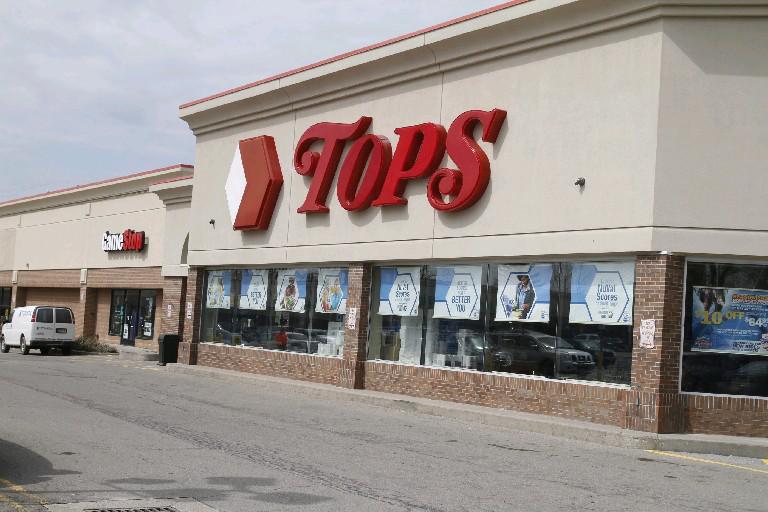
The owner of Tops Markets is one of two U.S. supermarket chains preparing bankruptcy filings in the coming weeks, Bloomberg News reported Saturday.
The report, which cited people familiar with the situation who were not identified, said the Amherst-based supermarket chain’s debt load and intense industry competition are behind the potential filing.
Tops officials declined comment for the Bloomberg article, and a spokeswoman contacted by The Buffalo News on Saturday also said the company would have no comment. Tops chairman and CEO Frank Curci didn’t respond to requests for comment.
However, Burt P. Flickinger III, a top retail industry consultant, said it was unlikely Tops would file for bankruptcy immediately, because the chain is in the middle of a strong sales season and it has assets that it could leverage instead of seeking bankruptcy protection. But anything is possible, said Flickinger, managing director of New York retail consulting firm Strategic Resource Group.
“It could happen. It shouldn’t happen. Do not expect it to happen, because Tops has a number of valuable assets that it could sell,” said Flickinger.
While bankruptcy can help protect a company while it reorganizes and deals with debt, it doesn’t mean a company will go out of business.
Flickinger pointed to Tops’ network of gas stations located on store property, as well as the 21 Grand Union stores the company acquired in 2012 in the Albany area, the Adirondacks and Vermont.
Tops Holdings, the owner of the supermarket chain, has come under scrutiny in recent years for its high level of debt. In November it was added to a list of companies whose debt has been labeled a “concern” by one of the nation’s three main credit rating agencies.
At the time, the company’s debt topped $627 million, built up through a series of leveraged buyouts since Tops was sold by Ahold to Morgan Stanley Private Equity in 2007. It grew again after management bought the supermarket chain from Morgan Stanley in a highly leveraged buyout four years ago.
Tops made it onto the list of at-risk retailers last fall because of a distressed debt exchange it completed in August, something Fitch Ratings considers a default. Tops responded that the transaction in question was a technicality and that the company is confident it has a strong enough cash flow to cover its bills.
Standard & Poor’s rates Tops CCC+, which means a company is “not likely to meet its financial commitments” on debt in the event of adverse business, financial or economic conditions, according to the agency. Moody’s gives Tops a rating of Caa1, which deems it in “poor standing” and “subject to very high credit risk,” according to that agency.
“They’re not in trouble, but to your present point, the debt levels are among the highest in North American retailing,” Flickinger said.
The supermarket industry is highly competitive. In the Buffalo Niagara region, Tops battles for the loyalty of shoppers with Wegmans, Dash’s Markets, Walmart, Trader Joe’s and Whole Foods Market, among other stores.
Flickinger acknowledged Tops’ difficulties, but he said the company has strengths Its stores have some of the best real-estate locations in North America, giving it a “huge consumer and competitive advantage.”
He also said Tops had strong sales through the fall and winter holiday season, amplified by the Buffalo Bills’ run to the playoffs and a colder-than-average winter that steers more shoppers into grocery stores.
Flickinger said Tops’ cash position is as strong as it has been in 12 months. If there is a filing, he said, it most likely would come later this spring, in late April or early May, which is a weak period for supermarket sales.

